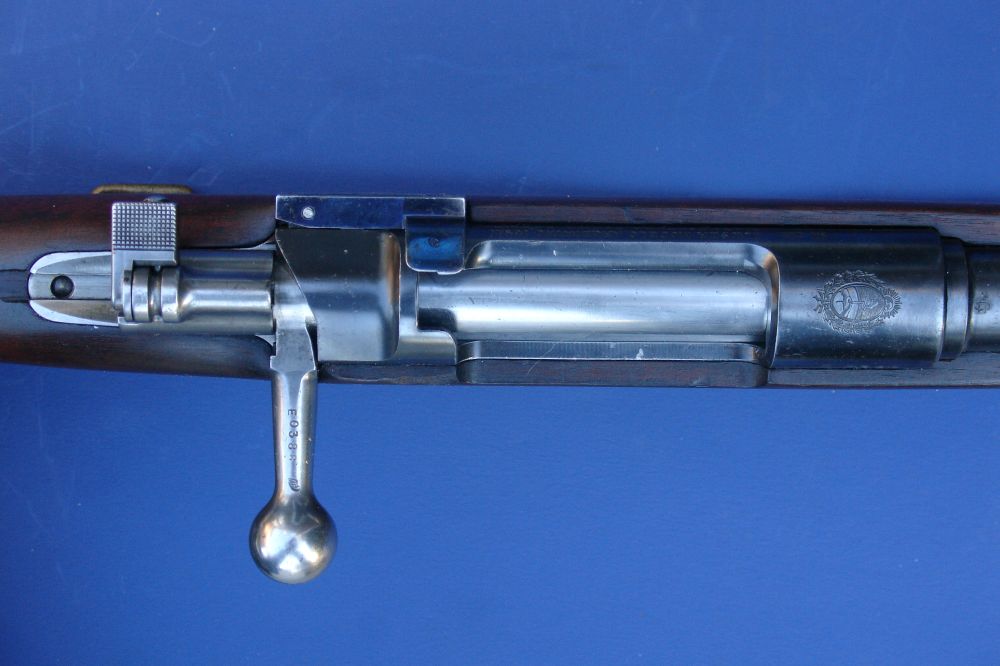

In the meantime, Paul Mauser created two different variations of the same rifle, one with a stock strengthened with a barrel shroud and a traditional design following the layout of the 71 series, in hope he might be able to overturn the commission's decision, or at least sell his design to the Kingdom of Bavaria, which adopted its own arms. The commission preferred to create their own design, which was what became the Gewehr 1888, often called the "Commission Rifle". Because of setbacks brought on by Wilhelm Mauser's death, they failed to have the design completed by 1882, and the German Rifle Test Commission ( Gewehr-Prüfungskommission) was formed. After the Mauser brothers finished work on the Model 71/84 for Germany in 1880, the design team set out to create a small caliber repeater that used smokeless powder. This is a very nice example of the Model 1891 Argentine Mauser rifle, one of many "export" models made for foreign governments, all based on the Mauser Model 1889. The bayonet can be attached under this forecap.Original Item: Only one available. Mauser 1909 cavalry carbine: shortened variant, with a straight grip stock and a forecap that covers all the barrel.Mauser 1909 sniper rifle: version with a German-made scope and a bent-down bolt handle.Some Argentine Mauser 1909 rifles and carbines without crests were sold to Paraguay during the Chaco War. The Model 1909s were replaced by FN FALs without having seen combat. The main producer in Germany was Deutsche Waffen und Munitionsfabriken that delivered 200,000 rifles while around 85,000 rifles were manufactured by the Fabrica Militar de Armas Portatiles, governmental plants in Rosario and Santa Fe. The M1909 was also able to use the bayonet of the Mauser 1891 it replaced. Among other modifications, the Lange Visier sight was replaced by a tangent leaf sight. The Mauser 1909 was a slightly modified copy of the Gewehr 98.


 0 kommentar(er)
0 kommentar(er)
